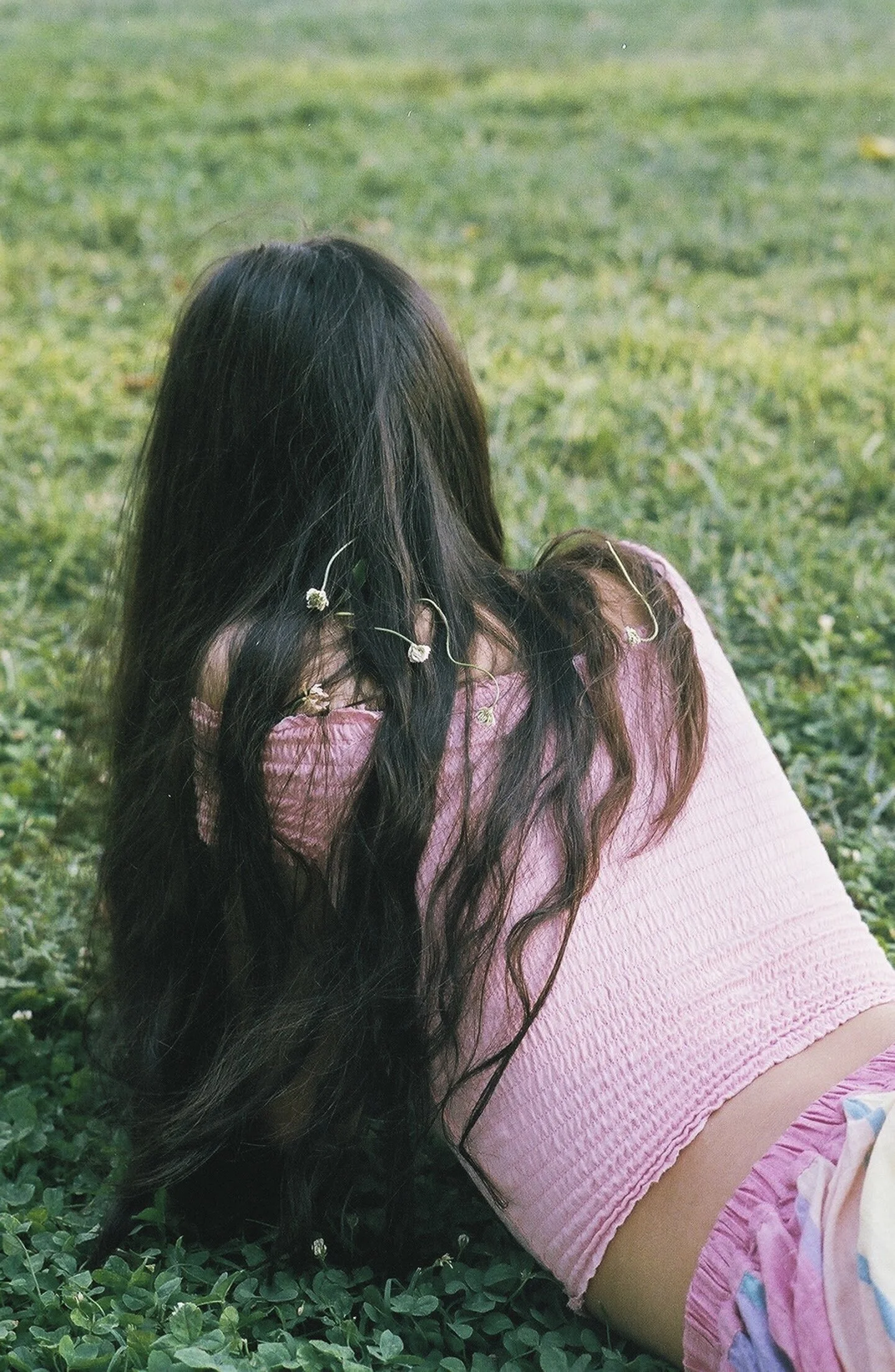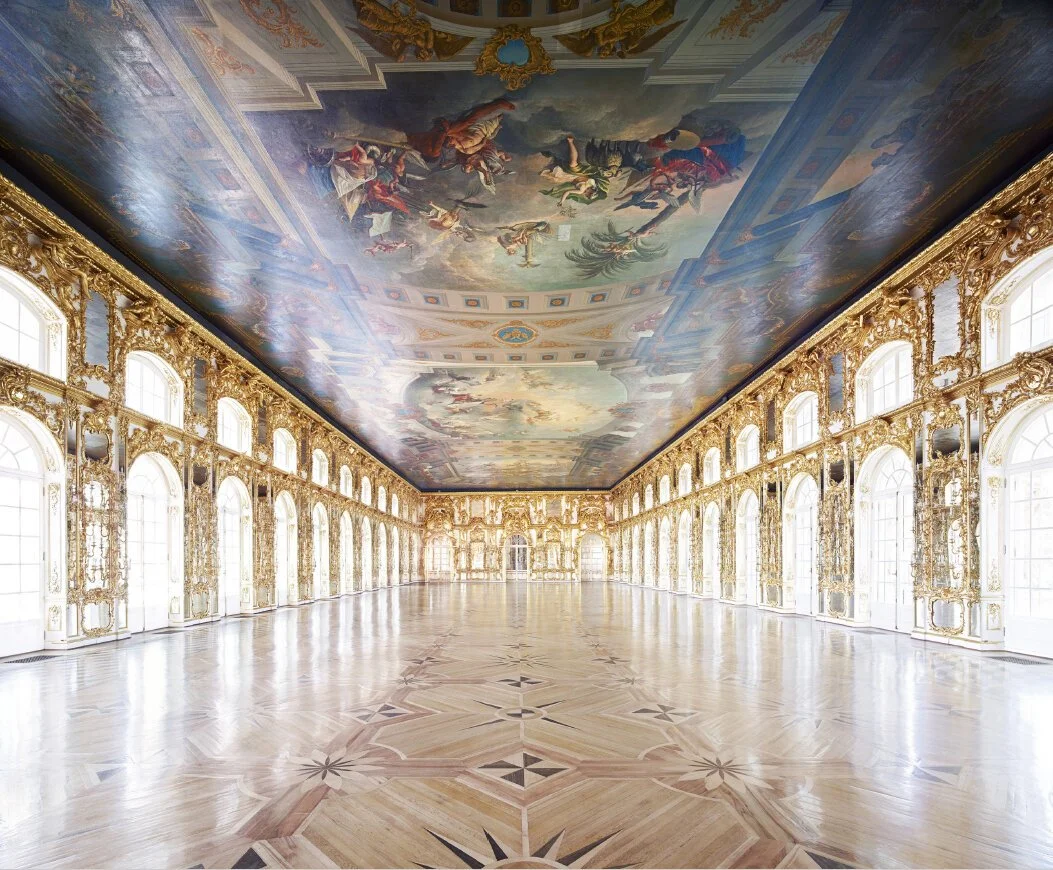Architecture: Room To Breathe - Candida Höfer
Köln / VG Bild-Kunst, Bonn, Hermitage St. Petersburg V 2014, courtesy of the artist
This article originally appeared in Musée Magazine’s Issue No. 13 - Women.
MUSÉE: Why do you shoot interiors and not exteriors? What is it about the inside of buildings that draws you to them?
CANDIDA HÖFER: Sometimes I do exteriors. I don’t follow any dogma. Exteriors are vast. Interiors are just more concentrated. That is what draws me in.
What is it about photography that makes you keep doing it?
I just like making images. For me, photography is the best way to make images.
How do you take a ‘portrait’ of a space? What is it about your approach that makes these images portraits?
Experience has taught me which positions I like to take. I go into the space, I take a photograph, and then I go into the lab and look at the print. I work on the image until I feel it is right; then the ‘portrait’ is ready.
Köln / VG Bild-Kunst, Bonn, Hermitage St. Petersbur g VIII 2014, courtesy of the artist
Why do you (occasionally) choose to use sculptures of people in your photographs, but not people?
I am not quite sure what sculptures you are referring to, perhaps The Burghers of Calais? This was a project in which I wanted to show how the sculptures have been placed into different settings and how they related to those settings. It was not about people looking at them.
You completed a photo series in the 1970’s of habituated spaces that focused on patterned wallpaper but included people; for instance, one is of what appears to be a dining room and another is of a restaurant. What are the origins of this series and why haven’t you done a similar project?
I am not sure that I focused on the wallpaper. I know I tried to focus on the people – Turkish workers in Germany – and their environment, living rooms, restaurants, shops. In the course of this project, I realized two important things: that I feel uneasy when I intrude upon people and how important the physical spaces in which people meet are to me.
Köln / VG Bild-Kunst, Bonn, Catherine Palace Pushkin St. Petersburg III 2014, courtesy of the artist
How do you choose whether to shoot analogue or digital? Does your preference go in phases or does it vary from space to space?
It varies from camera to camera. Now that digital cameras have reached such an exceptional quality, I almost exclusively use digital cameras.
You show incredible attention to small architectural details that indicate familiarity with the subject. Have you studied architecture or have you just learned how to look at a room through your photography?
I have always been interested in architecture. The rest is the medium: photography allows us to look at the details.
By removing people, you remove timestamps, such as clothes that could date the photographs. Was this something that was calculated or did that sense of timelessness emerge organically from your exclusion of people?
My interest is in the time of the space. Spaces carry their own time, which may be different from the time of the people who use the space. Nevertheless, this does not render spaces timeless.
What is it about a space that draws you in?
It depends on the space, just as a portrait depends on the face: sometimes the eyes, sometimes the mouth, sometimes the eyebrows ...
Do you consider the history of a room or space before you photograph it?
I do some reading, talk to people…but in the end, I can only show what I actually see in the space.
Looking back, why do you choose to photograph interiors nearly exclusively? Do you like the cohesion in your work or do you long for further exploration?
Interiors are an inexhaustible resource; there are still so many places I want to see.
What does the phrase ‘psychology of social architecture’ mean? This phrase is often used to describe what it is you photograph, but what does it mean to you?
If I remember correctly, I myself have not used that phrase. I suppose it means that people develop a relationship with places and perhaps the spaces with them.
Your work is said to be very conceptual, influenced by the work of your teachers, Bernd and Hilla Becher. What is the concept that you are trying to access with your photographs? How does the influence of the Bechers come through in your work?
I like to leave the answers to those questions to the professionals. To me, whatever is in the image is my concept.
Köln / VG Bild-Kunst, Bonn, Hermitage St. Petersburg XII 2014, courtesy of the artist
What do you hope is the impact your photographs have on the photography world and the world overall?
That people take some time to look at my images.
Why did you make the decision to take more minimalistic approach? How did that change come about?
As you have observed already, I have an attachment to details that – I increasingly felt –deserved its own image. And it helps that this kind of work – while it demands the same amount of attention – demands less organization. But I still like doing it both ways.







